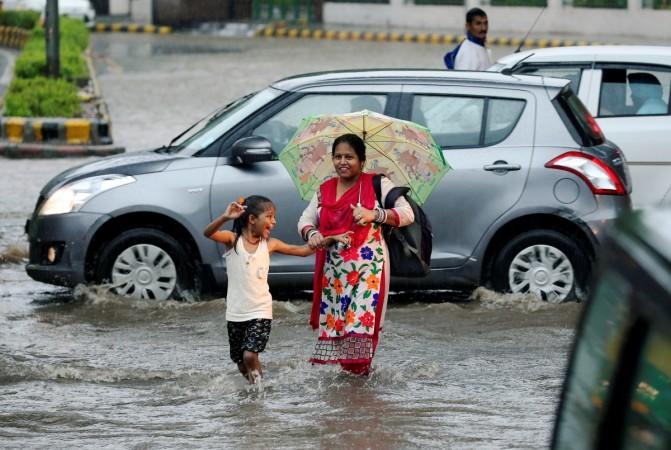
India's crucial monsoon rains are expected to reach 98 percent of the long-term average this year, the India Meteorological Department (IMD) said on Tuesday, 2 percentage points higher than its previous forecast, potentially boosting farm incomes and economic growth.
The monsoon delivers about 70 percent of India's annual rainfall, critical for the farm sector that accounts for about 15 percent of India's $2 trillion economy and employs more than half of the country's 1.3 billion people.
Monthly rainfall across the country is likely to be 96 percent of its long-term average during July, and 99 percent of the average during August, both with a model error of 9 percent, the IMD said in a statement.
In April, the IMD forecast this year's monsoon rains at 96 percent of the 50-year average of 89 centimetres.
India's 260 million farmers depend on monsoon rains to grow crops such as rice, cane, corn, cotton and soybeans because nearly half of the country's farmland lacks irrigation.
Monsoon rains lashed the Kerala coast of India's southwest last month in what was the earliest start to the rains since 2011.
El Nino impact
India's forecasting systems currently indicate neutral El Nino conditions until the end of this year, the IMD said, in contrast to the outlook from other global climate centres which see a 60 percent probability of weak El Nino conditions developing during the second half of this year.
El Nino, a warming of ocean surface temperatures in the eastern and central Pacific that typically occurs every few years and was linked to crop damage, fires and flash floods, faded in 2016.
Reuters reported in May that India was likely to receive higher monsoon rainfall than previously forecast as concern over the El Nino weather pattern eased.
India's monsoon is also likely to receive a boost from the Indian Ocean Dipole (IOD) phenomenon, also called the Indian Nino, as weak positive IOD conditions are likely to develop during the monsoon season, according to the statement.
The India Meteorology Department has for the first time relied on the so-called dynamic model to improve the accuracy of one of the world's most vital weather forecasts.
The new system, based on a US model tweaked for India, could help India raise its farm output by nearly 15 percent, by helping farmers tweak the best time to sow, irrigate or apply fertiliser, and, if rains fail, plan state-wide measures.
















